Plantagenêt Saga tome 7
| série: | Plantagenêt Saga |
| éditeur: | Hale Robert |
| auteur: | Plaidy Jean |
| classement: | biblio2A |
| année: | 1979 |
| format: | hardbook with jacket |
| état: | TBE (first edition) |
| valeur: | 10 € |
| critère: | * |
| remarques: | volume 7: Edward Longshanks, first edition 1979 mentioning Edward I, Llewellyn of Wales, Edward II being first prince of Wales, Sicilian vespers, sir William Wallace of Scotland, Edmund Crouchback 1st earl of Lancaster, John de Warenne, Gilbert de Clare 7th earl of Hertford, counts and dukes of Bar, John I de Balliol, John of Scotland, Ralph de Monthermer 1st baron of Monthermer, Isabella MacDuff countess of Buchan Philippe III le Hardi, Henry I of Navarre, king and court summary of the book (by chapters): 1/ the king comes home description of Edward I, called Longshanks due to his tall stature and longs legs, called also hammer of the Scots, married with Eleanor of Castille as part of a political deal to affirm English sovereignty over Gascony - description of Dover (the steep place) with a strong castle being the key to England - members of the court: a) earl = comte = nobleman of high rank female was countess, comte was used in France but not in England b) duke = nobleman next below a prince c) baron = nobleman next below a peer or lord d) sheriff = administrator of a shire (county) 2/ exit Henry enter Alfonso - the kings and barons in Scotland swore allegiance to Edward I except Llewellyn of Wales, - the Welsh border known as the Marcher barons - Alphonso or Alfonso (1273-1284) earl of Chester, was the ninth child of Edward I, an heir apparent to the English throne who never became king 3/ the Welsh prince and the Demoiselle - description of Llewellyn of Wales called prince of Wales, married Joan of Wales with a son called Dafydd - Eleanor de Montfort (the demoiselle) married Llywelyn ap Gruffudd, parent of Llewellyn - at that time, Edward wanted to conquer both Wales and Scotland 4/ the return of Joanna 5/ the Sicilian Vespers - vespri siciliani was a successful rebellion in Sicily that broke out at Easter 1282 against the rule of the French king Charles I of Anjou, who had ruled the kingdom of Sicily since 1266 n.b. the Atonement = the sufferings and death of Jesus 6/ the prince of Wales - after the conquest of Wales, Edward II was called first prince of Wales 7/ Joanna's marriage - possible marriage of Edward II with Joanna of Scotland 8/ exodus - the problem with the Jews who had to leave England 9/ the Queen's cross - death of the queen Eleanor and her memorial was set up in London with the towers of Castille and the lion of Leon with many crosses around, it was called Chere Reine Cross soon to be known as Charing Cross 10/ Joanna defiant - in Scotland Edward I had to keep a watchful eye, John Bailol was a weak man but Robert of Bruce was a strong king pretendant - marriage of Joanna, daughter of Edward I with the squire Ralph de Monthermer n.b. squire = knight attendant (écuyer) 11/ the king's bride Philippe the Bel wanted to marry his sister Marguerite of France with Edward I 12/ the adventures of William Wallace - description of sir William Wallace (1270-1305) was a Scottish knight who became one of the main leaders during the first war of Scottish iondependence 13/ betrayal - after the defeat at the battle of Falkirk (1298), John Menteith would take Wallace into a trap and he was executed in a cruel way 14/ death of the king - Edward I had a serious discussion with his son Edward now 20, his son was a handsome man but with a feminne quality in him and his subjects were not likely to respect him - in Scotland Robert the Bruce had taken the lead and had be crowned king of Scotland enclosures - cover of the book - portrait of Edward I - statue de Llewellyn de Wales - statue de sir William Wallace - carte de Wales - illustration des vêpres siciliennes par Francesco Hayez Information the structure of the royal court - seneschal or steward had the responsibility for the household and its management - chancellor was in charge of the royal chapel and responsible for keeping records - chamberlain had control and responsibility over the royal finances (treasurer) - constable was in charge of the crown's military resources - the butler = servant - marshal or marischal, was responsible of the royal cavalry forces |
| couvertures: | 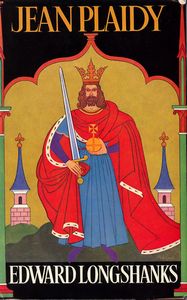 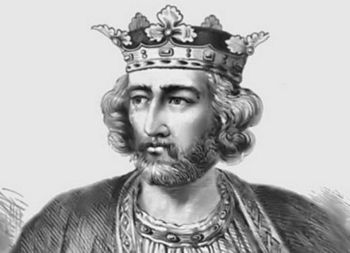 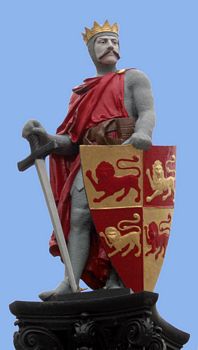 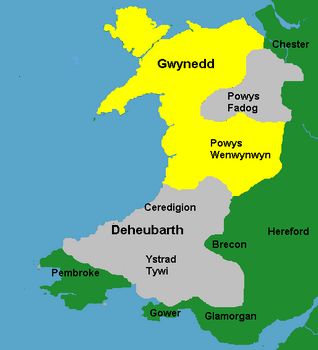 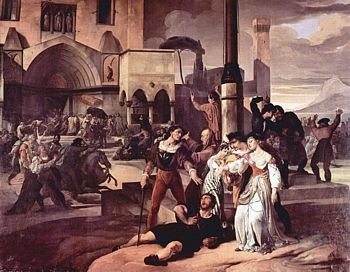 |
Copyright 2008 - 2025 G. Rudolf
